If you’re looking for incredible oscilloscopes worth every bit of money invested, you’ll most likely encounter two models: the Owon SDS1102, and the Hantek DSO5102P.
Those two instruments are among the top of their kind. They’re affordable, and better yet, they don’t lose any quality in materials or performance. On the other hand, they’re capable of competing with the most expensive oscilloscopes and still put up a good fight.
Naturally, there’s no need to buy both. So, in today’s article, we’ll settle the Owon SDS1102 VS Hantek DSO5102P debate once and for all. Which one’s better for you? Continue reading to find out!
OWON SDS1102 VS HANTEK DSO5102P Comparison




Last update on 2025-05-30 / Affiliate links / Images from Amazon Product Advertising API
1. Owon SDS1102

This oscilloscope is a clear example of what an affordable instrument should be. Despite being available at a low price, the performance it puts up doesn’t disappoint. Here’s how it does it.
Design
With only 1.1 kg of weight, this instrument is a suitable pick for most people. It features a good-looking enclosure with barely any depth, allowing you to place it on most surfaces easily. At the back, you’ll find two foldable legs that make it possible to lean the oscilloscope a bit.
The connection to the main power supply is on the left side, which is an issue because it consumes a lot of space you could use for other tools.
To make the instrument work, you’ll need two probes, the power cable, and the USB, as those two components help establish a connection with the PC.
Display and Controls
This instrument has a 7-inch display with 800×480 pixels for the resolution. Both the brightness and the angle for viewing are incredible, similar to what you’d see in the more expensive oscilloscopes.
Right next to the display, you’ll find five buttons to control the menu. There’s also a multi-purpose rotary button, and one of its purposes is to scroll through sub-menus.
Although there’s no denying how well organized the operating panel is, some buttons are not in the most convenient place. Beginners won’t notice how odd that is, but people with experience using these instruments will certainly find the location of some of the buttons strange.
There’s something else that will come to your attention, and that’s the design of the rotary buttons. They’re all the same size, and far too similar to each other. That’s not a deal-breaker, but it’s still a noticeable flaw.
Specifications
The oscilloscope offers 2 channels, with a bandwidth power of 100MHz. For the sample rate, it delivers 1GS/.
Surprisingly, the specifications described above are standard for instruments available at a higher price.
That’s why the Owon SDS1102 oscilloscope is such a good pick; it performs equally as good as the most expensive models while being available at a lower price.
2. Hantek DSO5102P

Next, we’ll discuss what could easily be every electrician’s best friend. Yes, the following product isn’t perfect, but its outstanding performance compensates for the few flaws it has.
Are you ready to find out more? Then let’s check out what the Hantek DSO5102P Oscilloscope has to offer.
Design
If we were discussing which the best-looking oscilloscope is, that discussion would end here. Once it arrives and you get to look at it closely, you’ll realize the incredible quality of both the materials and the build. Surely enough, the oscilloscope looks better than it does online!
The instrument works with power supply, two probes, and the USB cable for the PC. Additionally, there’s a CD included to install the software on your computer and control the scope from there.
This model weighs 7.1 pounds or 3.2 kg. It’s quite bulky, requiring more space to fit.
Display and Controls
The instrument features wide 7.0-inch color quality for the display. It’s incredible, as it allows you to analyze better the information displayed.
You can read data like the wave signals or navigate through the menus with complete ease. Adjusting the settings is pretty intuitive too.
It also helps a lot that the scope features every essential function you could expect. For instance, there’s the option to make either vertical or horizontal alignment, adjusting the scale, trigger, and many more.
Controlling any of those operations is not hard due to the many buttons included.
Even though everyone can use this oscilloscope, beginners would benefit the most from it. The user-friendly features, combined with incredible data display, help understand everything quickly.
Specifications
This oscilloscope offers two channels, working with 100MHz of bandwidth, and producing 1GSa/s. The performance put up by this instrument is remarkable, considering the price. Clear proof that you don’t need high-end tools to achieve your tasks successfully.
OWON SDS1102 Or HANTEK DSO5102P oscilloscope?
Having doubts which one to buy? No worries. Here, we’ll summarize it.
Design – Convenience above Everything
The Owon SDS1102 oscilloscope is more lightweight, and its build has less depth to consume less space.
However, the location of the input on the left side is not the best. On the other hand, the Hantek DSO5102P oscilloscope is heavier and bulkier.
As you can see, both instruments have a few flaws when it comes to their design.
Display and Control – Which Is More Friendly to Users?
Most people would love the Owon SDS1102 for its display organization and buttons, but Hantek DSO5102P does a better job by far.
Both the display quality and the buttons of the Hantek DSO5102P make using the oscilloscope a better experience.
The data provided is accurate, and you can change the settings to make adjustments quickly, thanks to the well-distributed buttons.
Specifications – Equally Efficient
Luckily, the specifications are fairly similar between these two oscilloscopes. If that was something that concerned you, then you shouldn’t have to worry about it anymore because they both offer similar performance.
The two instruments are dual-channel, they work with 100MHz of bandwidth, and produce a real-time sample of 1Gsa/s.
Conclusion
Realistically, it’s difficult to pick a winner between the Owon SDS1102 VS Hantek DSO5102P debate. While the first one is a few bucks more affordable, consumes less space, and is lighter, the design of the buttons could be better.
Then, we have the Hantek DSO5102P, which is a lot better for beginners. It’s not as convenient as the other model, but it’s easier to operate.
Ultimately, it’s your decision to pick one between the two oscilloscopes. Considering their similar specifications, you can focus on other features like aesthetics, display, and functionality, among other things.
-
Currently, you can find a large variety of digital oscilloscopes available in the market. The…
-
Oscilloscopes have been crucial parts of industries for the past century or so. Hence numerous…
-
A good digital oscilloscope can make the whole difference between precise and misleading data. Rigol…
-
Digital multimeters can be used to measure multiple electrical variables, which can benefit both amateurs…
-
Gone are the days of using analog oscilloscopes to check your electronic equipment for faults.…
-
Digital oscilloscopes have become irreplaceable parts of different companies and industries since the last century.…
-
Are you looking to find out which one is the better pick between the Rigol…
-
Considering the number of oscilloscopes available, finding the right one for your purposes could be…

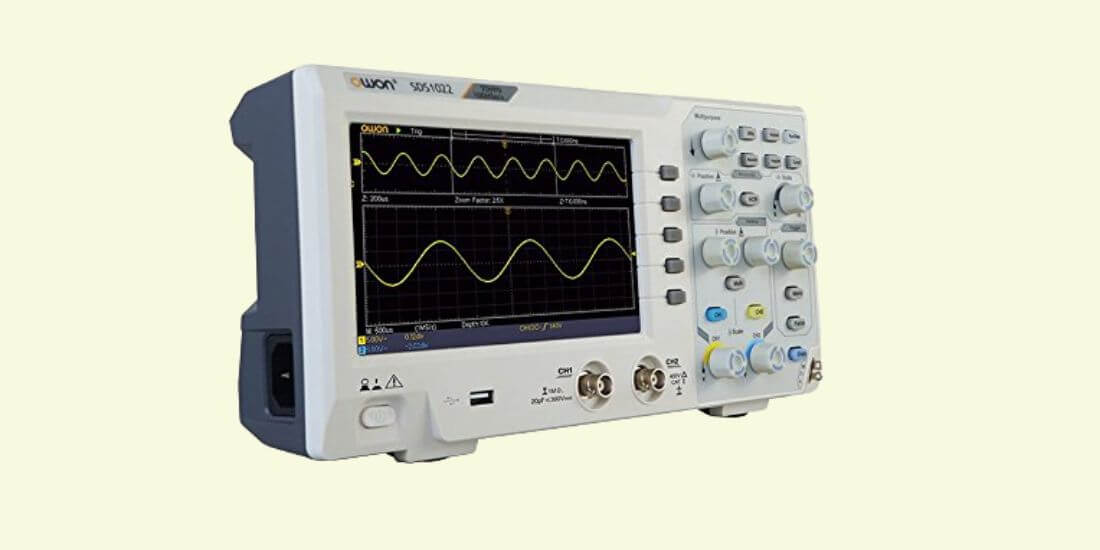
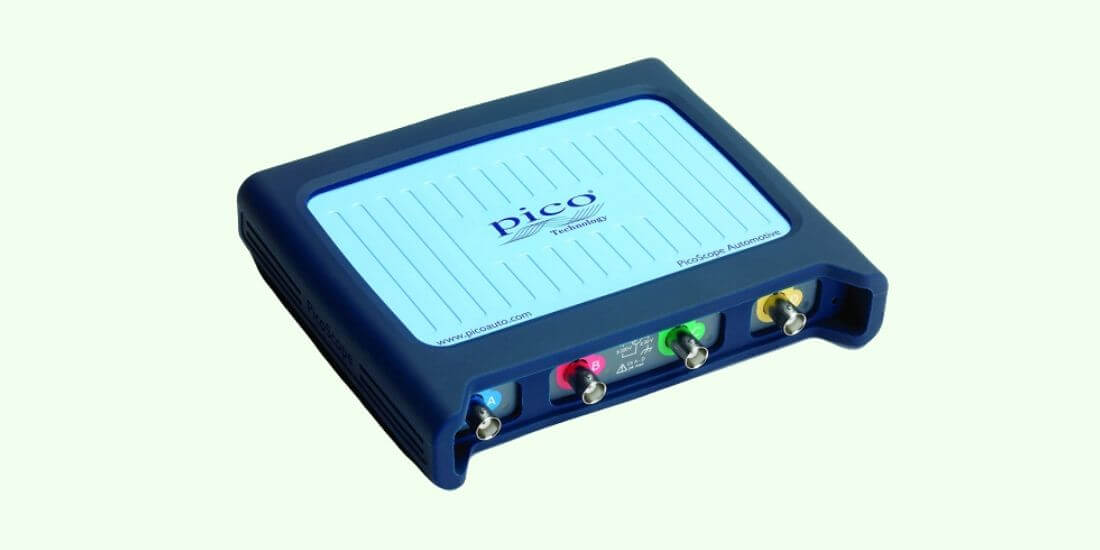
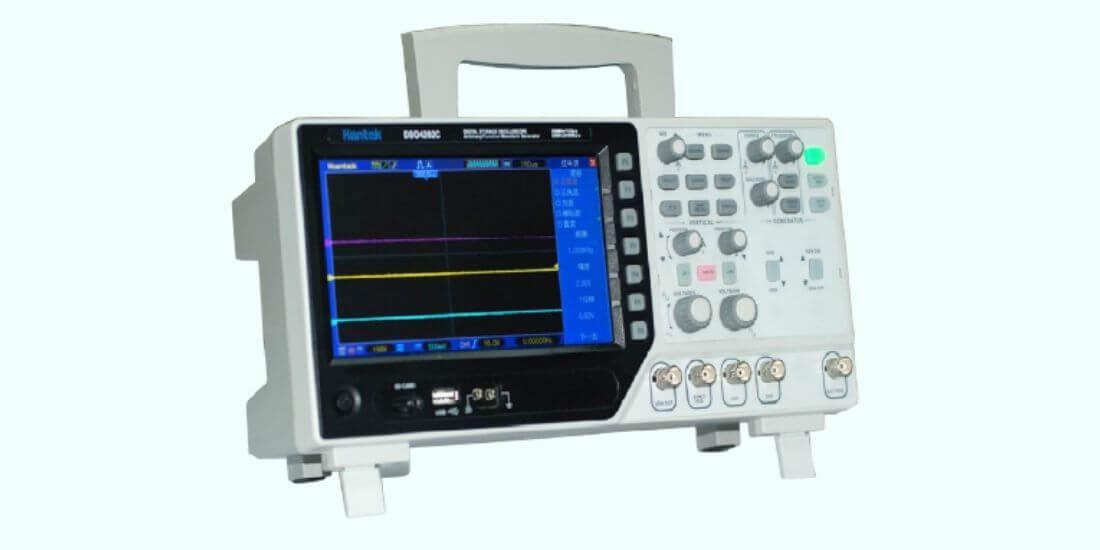
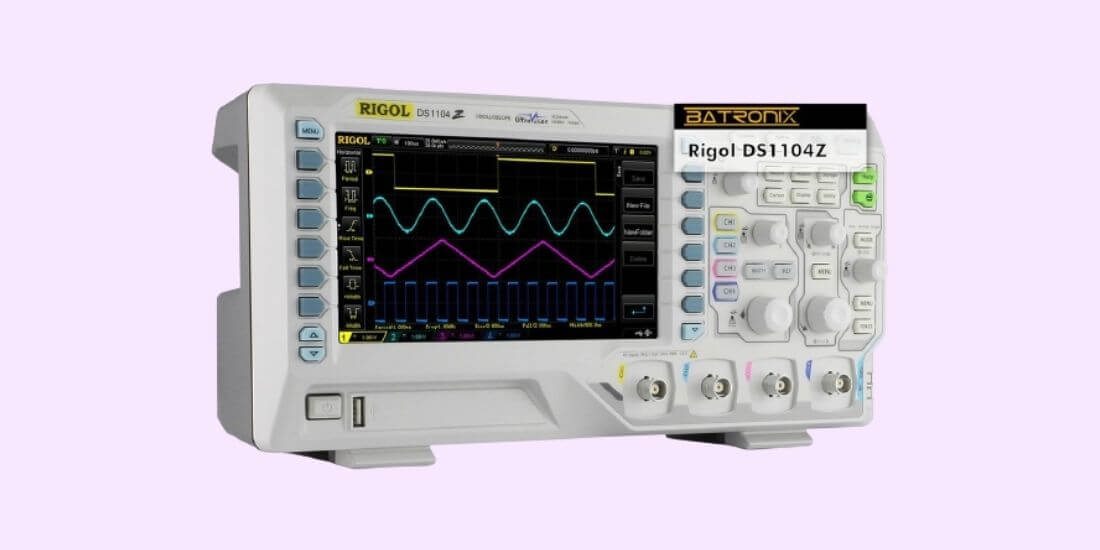
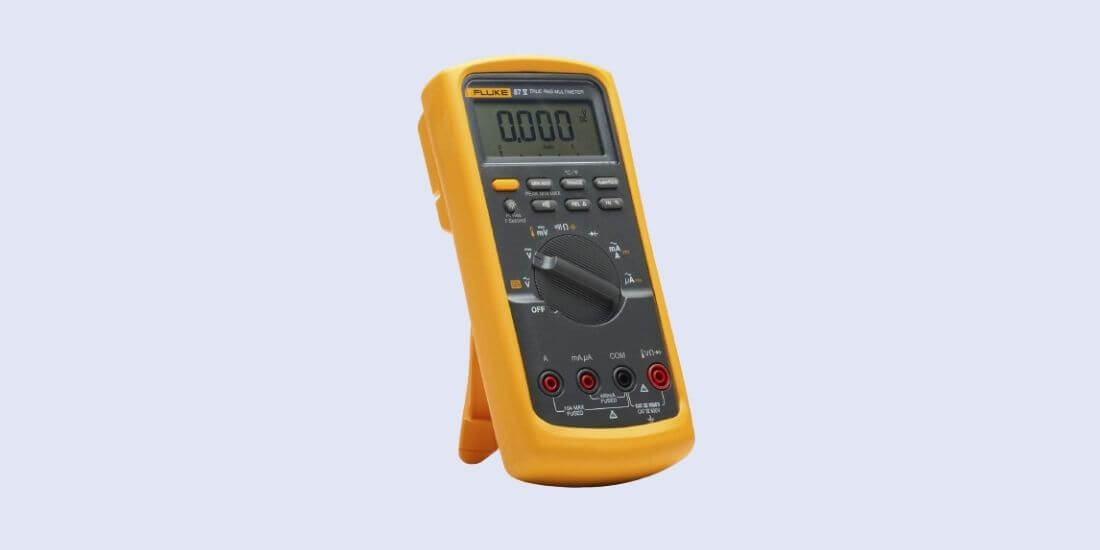
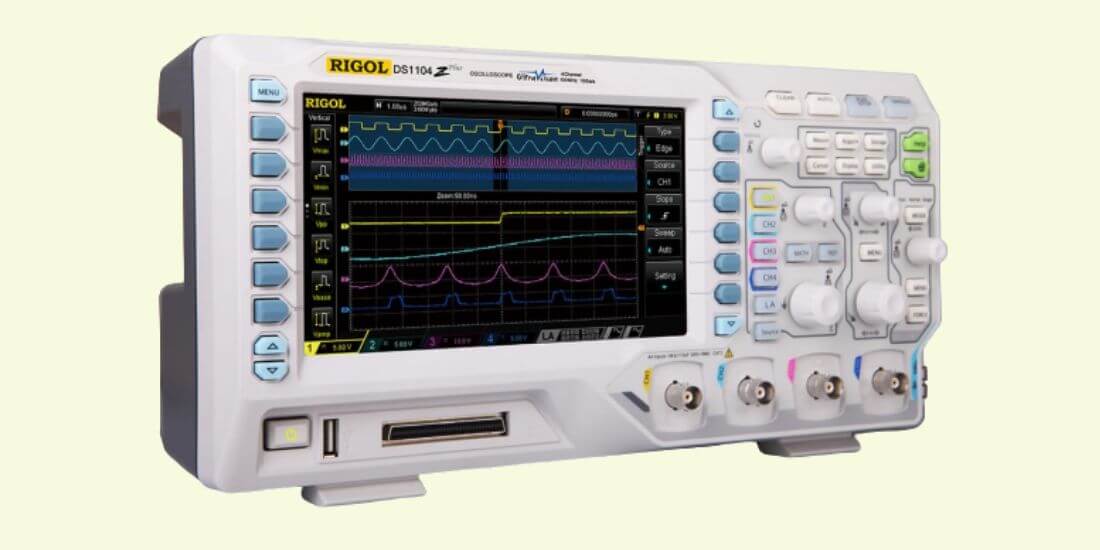
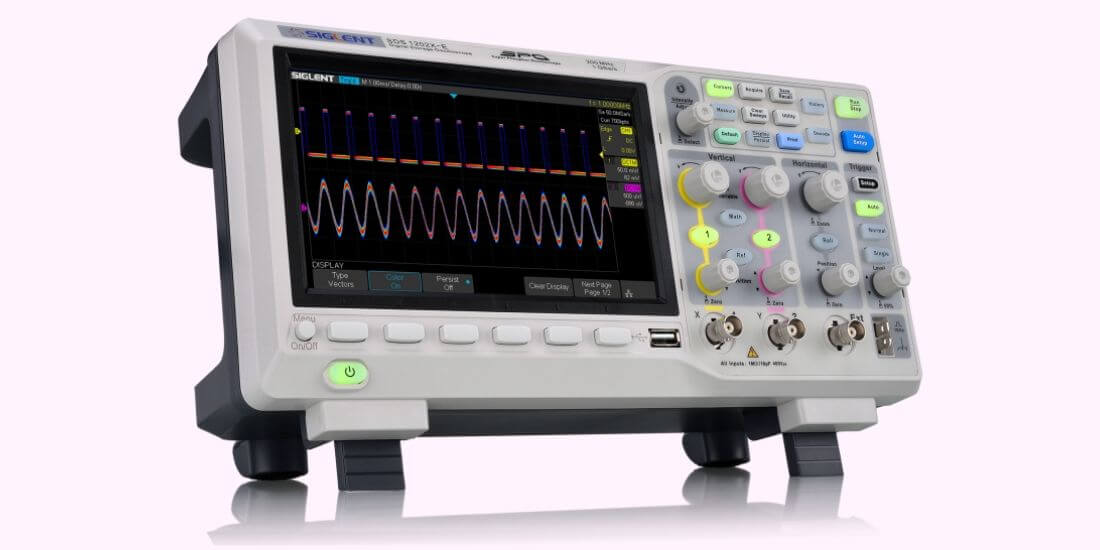
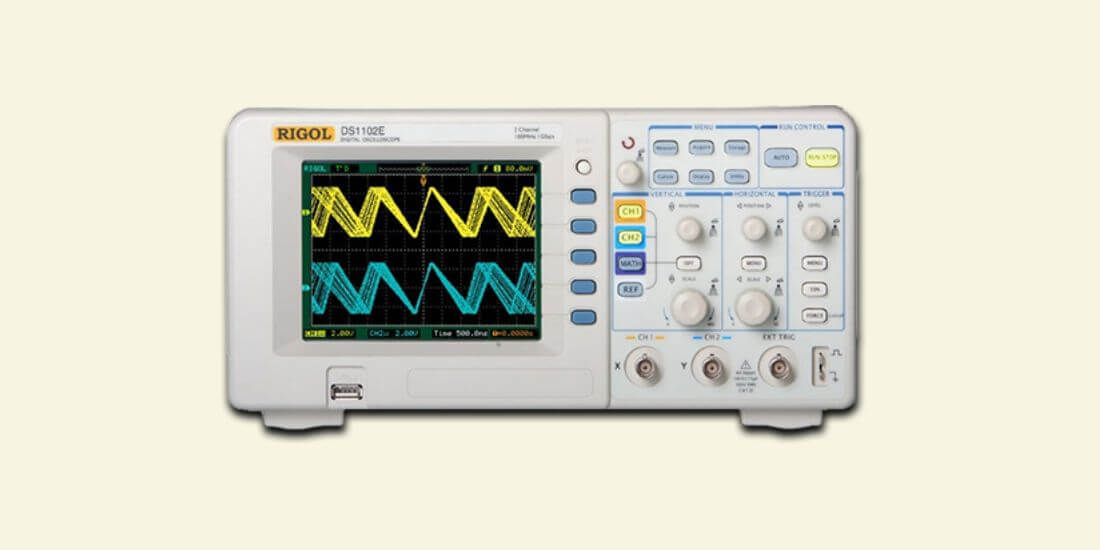
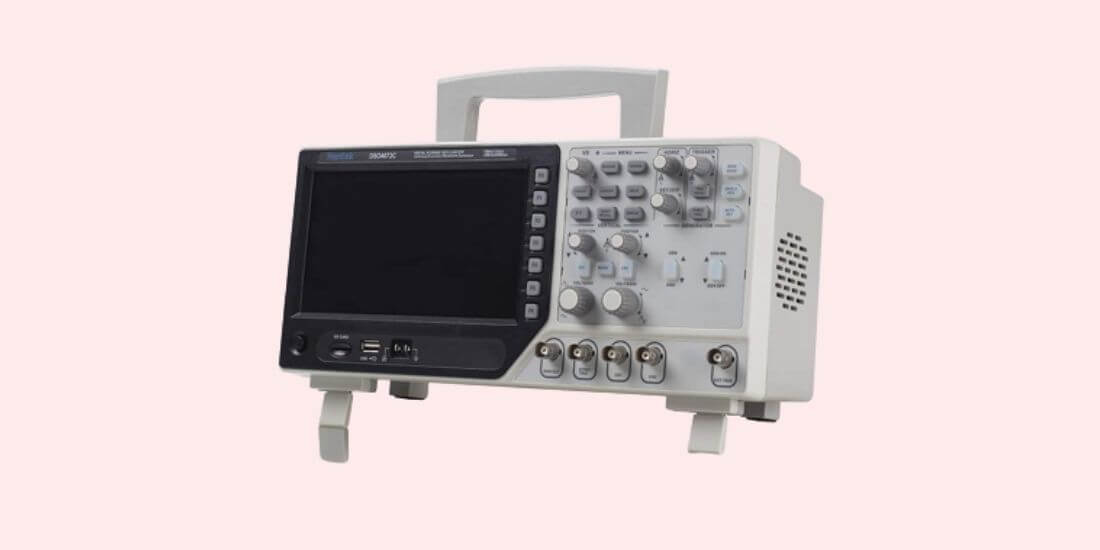


1 thought on “Owon SDS1102 vs Hantek DSO5102P Comparison”
You shouldn’t trust the specifications of these cheaper models – they often have huge allowances. Like “100MHz, but with amplitude reduced to half starting already from 50MHz” or “100MHz, but shared by all input channels”.
So, to claim that these models are a viable competition for more expensive alternatives needs solid side-by-side testing, which, judging from the article, you haven’t done. You need to do stress-testing for upper limits and lower limits (noise) to make a reliable judgment.